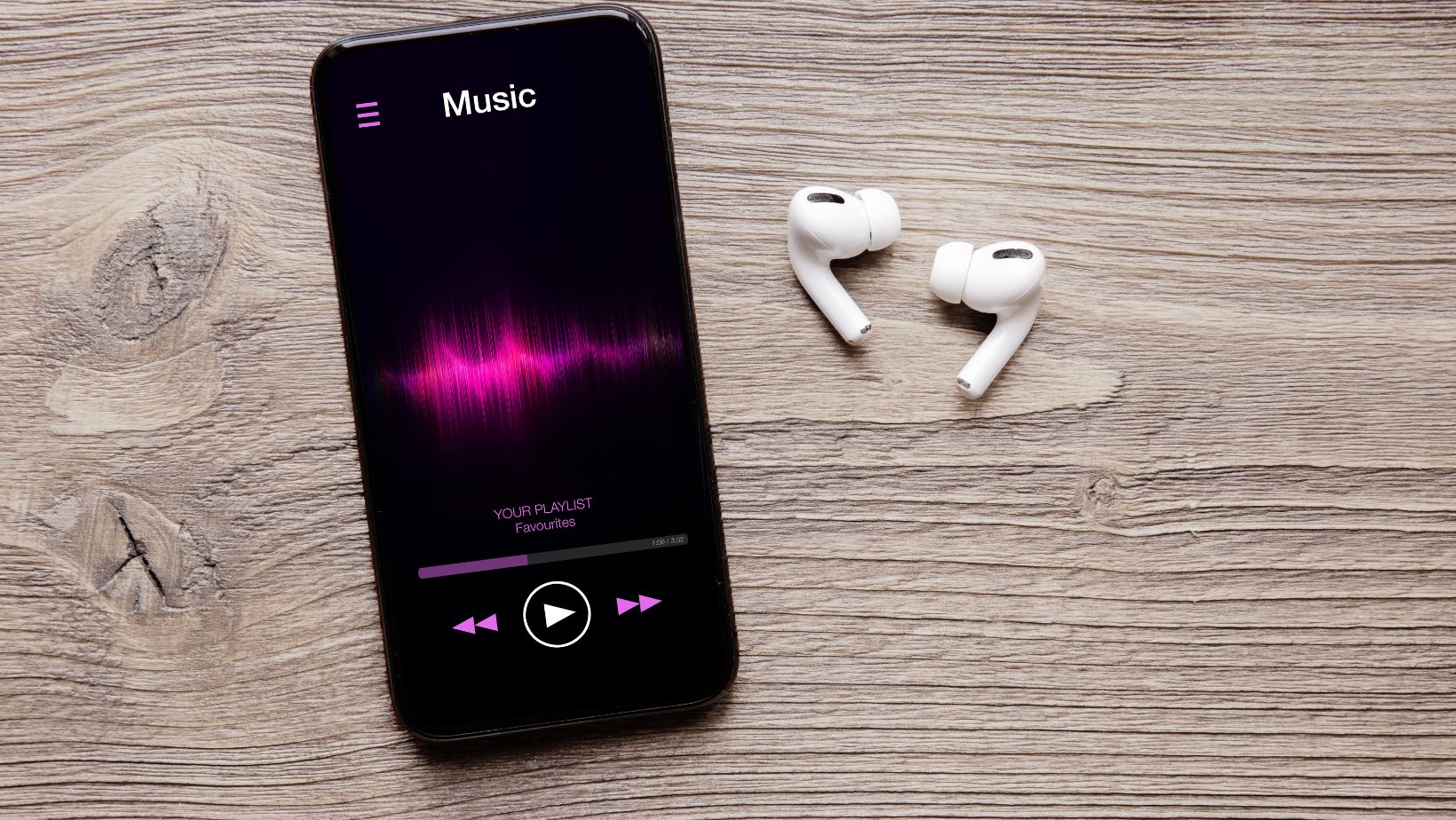
Music apps must create a seamless and enjoyable user experience to attract and retain users. Streamlining these applications involves a strategic blend of design, functionality, and technology. Let’s delve into some essential steps to enhance user experiences in music apps.
User-Centric Design
The foundation of a successful music app lies in its user interface (UI) and user experience (UX) design. Intuitive navigation, visually appealing layouts, and straightforward controls create a positive user experience. Prioritize simplicity without sacrificing functionality, ensuring that users can effortlessly discover, play, and manage their favorite tunes. A clean and well-organized UI not only enhances usability but also reduces the learning curve for new users, making the app accessible to a broader audience.
Personalized Recommendations
Implementing advanced algorithms for personalized music recommendations enhances user engagement. By analyzing user preferences, listening history, and genre choices, music apps can curate customized playlists and suggest new tracks, creating a tailored experience that keeps users hooked. This personalized touch fosters a sense of connection between the user and the app, making users feel understood and catered to on an individual level.
Additionally, regularly updating and refining recommendation algorithms ensures that users continually discover new music aligned with their evolving tastes. Encouraging user input on recommended playlists or allowing them to fine-tune suggestions further refines the personalization process.

API Management For Enhanced Connectivity
To achieve a streamlined music app experience, integrating an API manager is indispensable. This technology facilitates seamless communication between different components of the app, ensuring swift data exchange. An API manager streamlines the integration of third-party services, allowing music apps to incorporate features like lyrics, concert information, or social media sharing without compromising performance.
This enhanced connectivity not only improves the functionality of the app but also opens up opportunities for collaborations with external platforms, expanding the app’s features and staying ahead in the competitive music streaming landscape.
Seamless Cross-Platform Integration
In an era where users switch between devices seamlessly, music apps must offer a consistent experience across platforms. Ensure compatibility with various operating systems and devices, so users can access their playlists, preferences, and recommendations effortlessly, whether they’re using a smartphone, tablet, or desktop.
This cross-platform integration improves accessibility and also promotes user loyalty, as individuals can seamlessly transition between devices without losing their personalized settings and curated content. Providing a synchronized experience where users can start a playlist on one device and seamlessly continue on another adds an extra layer of convenience.

Efficient Content Delivery
Optimizing content delivery is paramount for preventing lag and ensuring a smooth streaming experience. Leveraging Content Delivery Networks (CDNs) helps distribute content across servers strategically, reducing latency and buffering. This step ensures that users can enjoy uninterrupted music playback, even in areas with varying network conditions.
Implementing adaptive streaming technologies further enhances the user experience by adjusting the quality of the audio stream based on the user’s network speed, providing a consistently high-quality listening experience regardless of the network conditions. Regularly updating the CDN infrastructure and collaborating with network providers ensures optimal content delivery in response to evolving network technologies.





